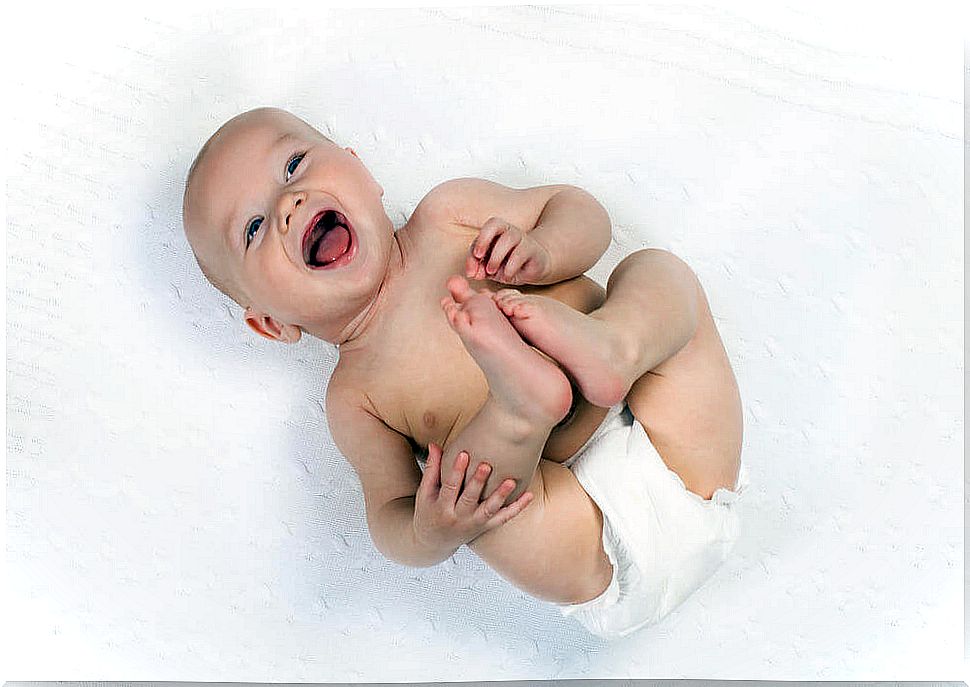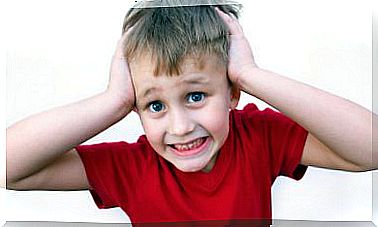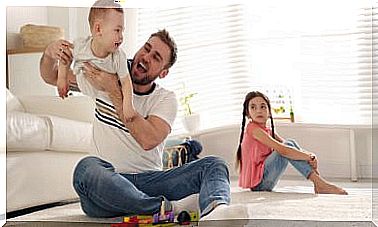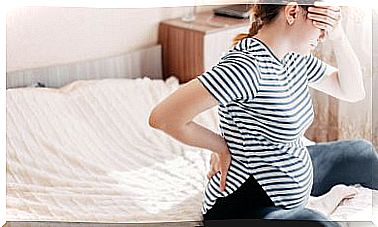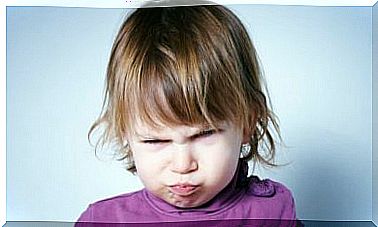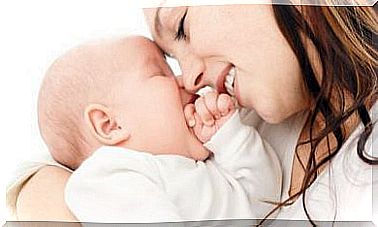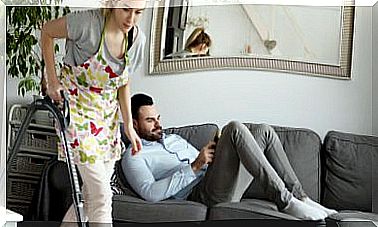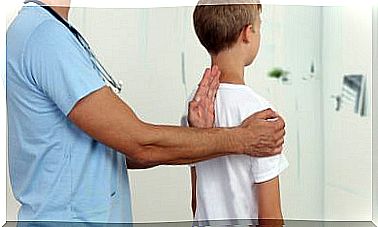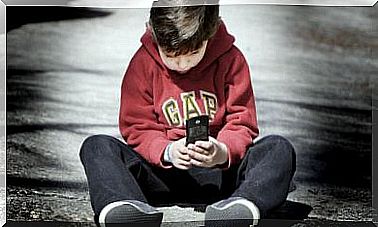Care When Changing The Baby’s Diaper
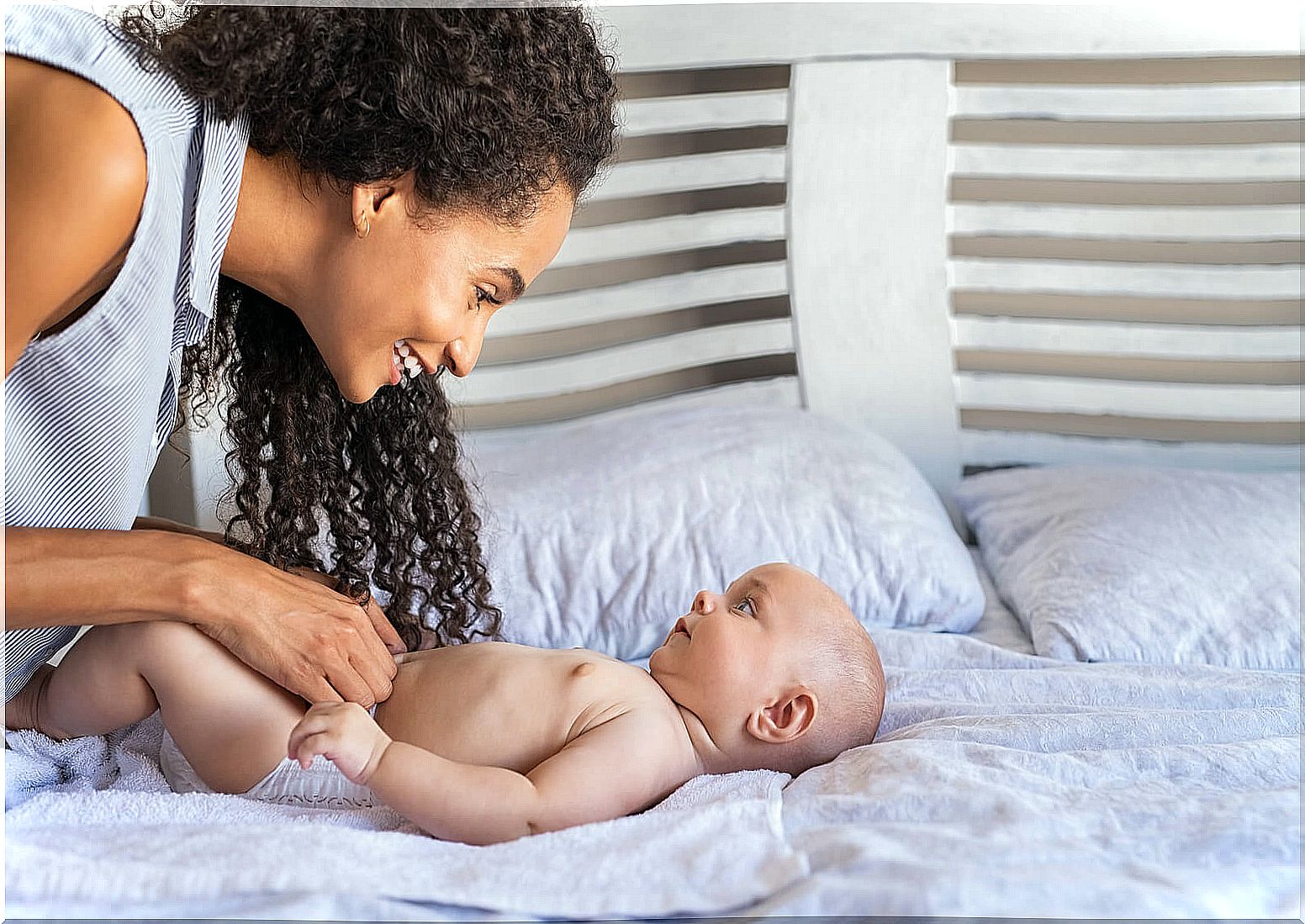
Changing the baby’s diaper is one of the first responsibilities you have as parents. A good procedure at the time and in the duration of the change intervals helps to avoid diaper rash and urinary tract infections.
The correct choice of products to use, the assiduity to do so and the sequence in the application of these products are some of the questions that arise when changing the baby’s diaper.
Recommendations for changing the baby’s diaper
Changing a baby’s diaper seems like a difficult task, but with practice you see how easy it is. In turn, he learns more and more with successive experiences.
One of the premises when it comes to hygiene in the diaper area is to avoid skin contact with irritants that are usually located in that area.
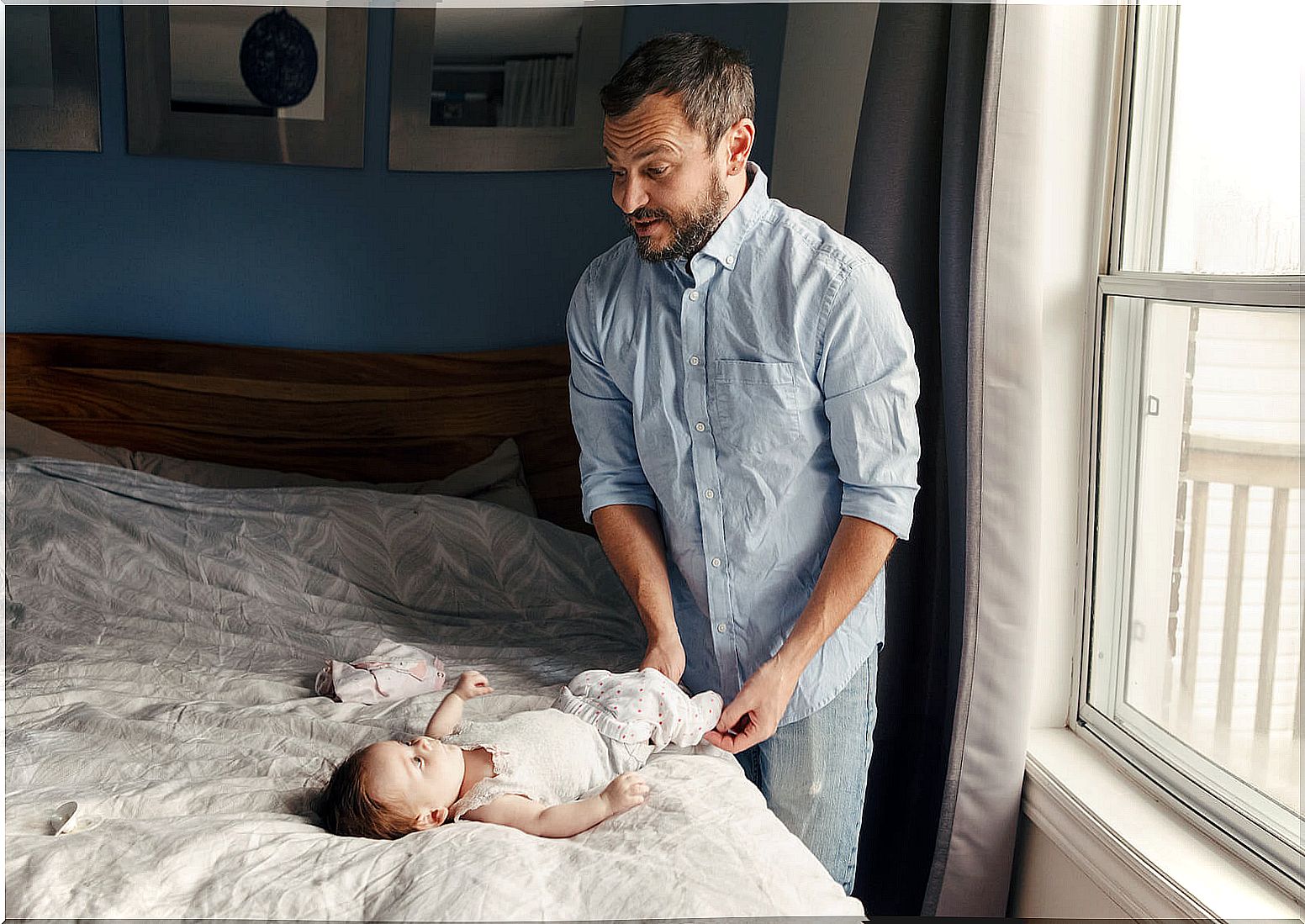
Choice of diaper
Disposable diapers are usually adjustable and anatomically shaped for comfort. It is important to know when and how to change the baby’s diaper.
There is the option of reusable or washable diapers, which offer less comfort, but are more environmentally friendly. As for these washable diapers, it is not recommended to wash them with detergent products that have pigments or fragrances, as they could cause irritation to the infant’s skin.
Cleaning the area when changing the diaper
Feces and urine are not bothersome for the baby, but prolonged contact with the skin can cause complications. According to publications in The College of Family Physicians of Canada magazine , some of the consequences are the following:
- Infections
- Dermatitis.
- Itch.
- Irritation.
Therefore, to avoid these complications, the baby’s diaper should be changed regularly, even if it is clean and dry. This will ensure that the skin in the diaper area is not constantly wet.
When cleaning the area, do not forget the gluteal folds, the groin or any other skin fold. In addition, they must be dried correctly to avoid possible irritations.
The sense of cleanliness will always be from front to back, so as not to drag the bacteria that come from the rectum into the urinary tract, especially in girls.
Navel region precautions
In newborn babies, the necessary precautions must be taken so that the umbilical cord is not in contact with feces or urine. Otherwise, an infection of the umbilical cord called omphalitis would be generated .
According to studies published in the Journal of the Indian Medical Association , unsanitary practices are one of the predisposing factors for developing an infection in the umbilical cord.
Once it has been detached, the pertinent care should be continued until the navel dries and heals completely. Disposable wet towels or a clean, damp cloth can be used for proper hygiene of the diaper area.
What is diaper rash?
Diaper rash is an inflammatory process of the perineal and perianal area that is covered by the diaper. In addition, it is a mild, self-limited condition that requires only minimal intervention by parents.
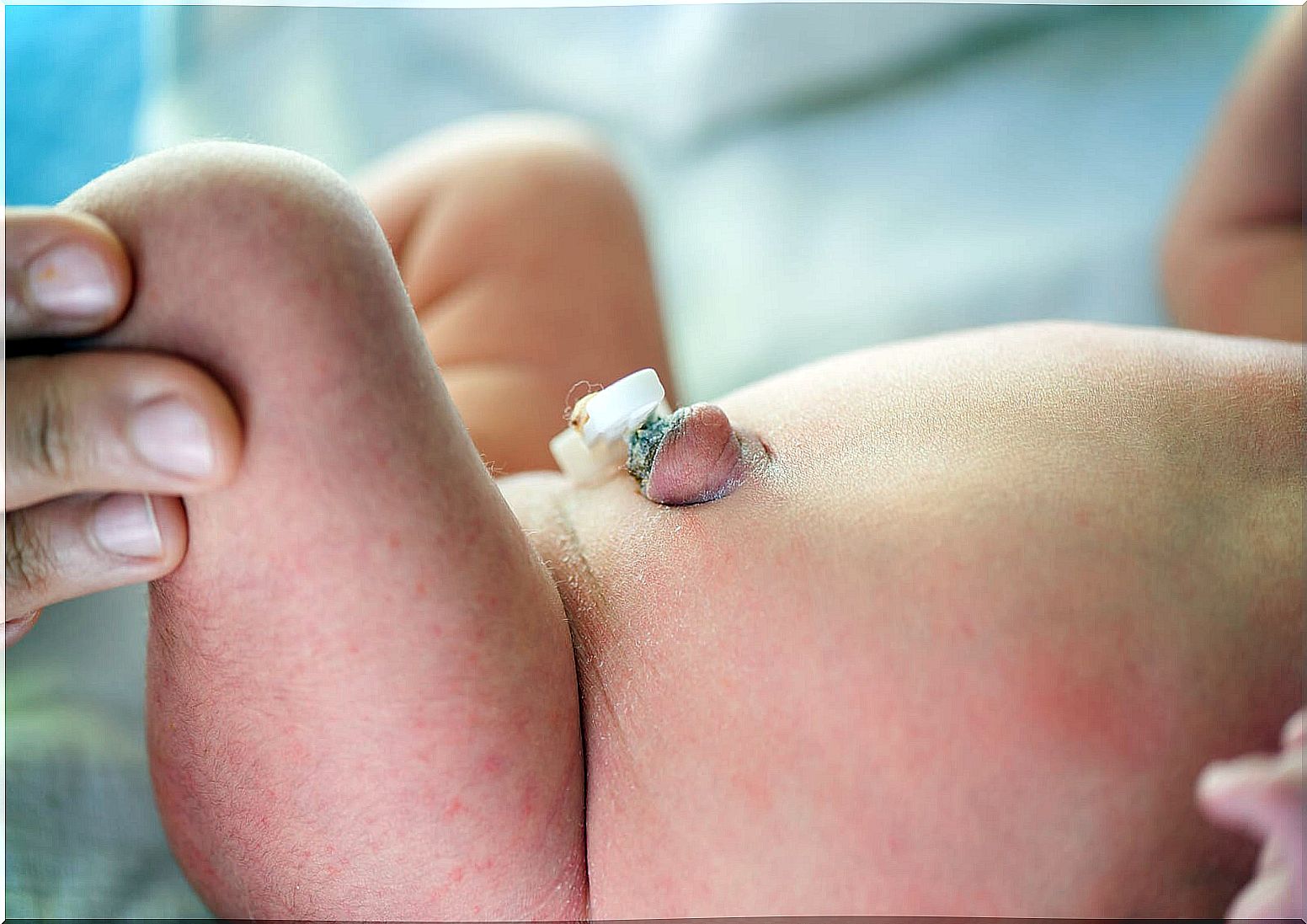
It is usually caused by the humidity in the area and by prolonged contact with feces and urine that is contained in the diaper.
After having carried out the correct hygiene of the skin, it is recommended to apply topical emollients to prevent diaper rash. Consequently, they collaborate with the improvement of the skin’s barrier function. In turn, you can use products that are based on zinc oxide.
When changing the baby’s diaper …
When changing a baby’s diaper, always make sure you have everything you need within reach because a child should not be left unsupervised at any time.
The first days after birth, the baby’s skin is more sensitive and delicate, so it is essential during this period to perform proper hygiene in the area and change the diaper frequently.
If an inflammatory process is observed in the infant in the diaper area, it is recommended to turn to a pediatrician to indicate an appropriate treatment.
